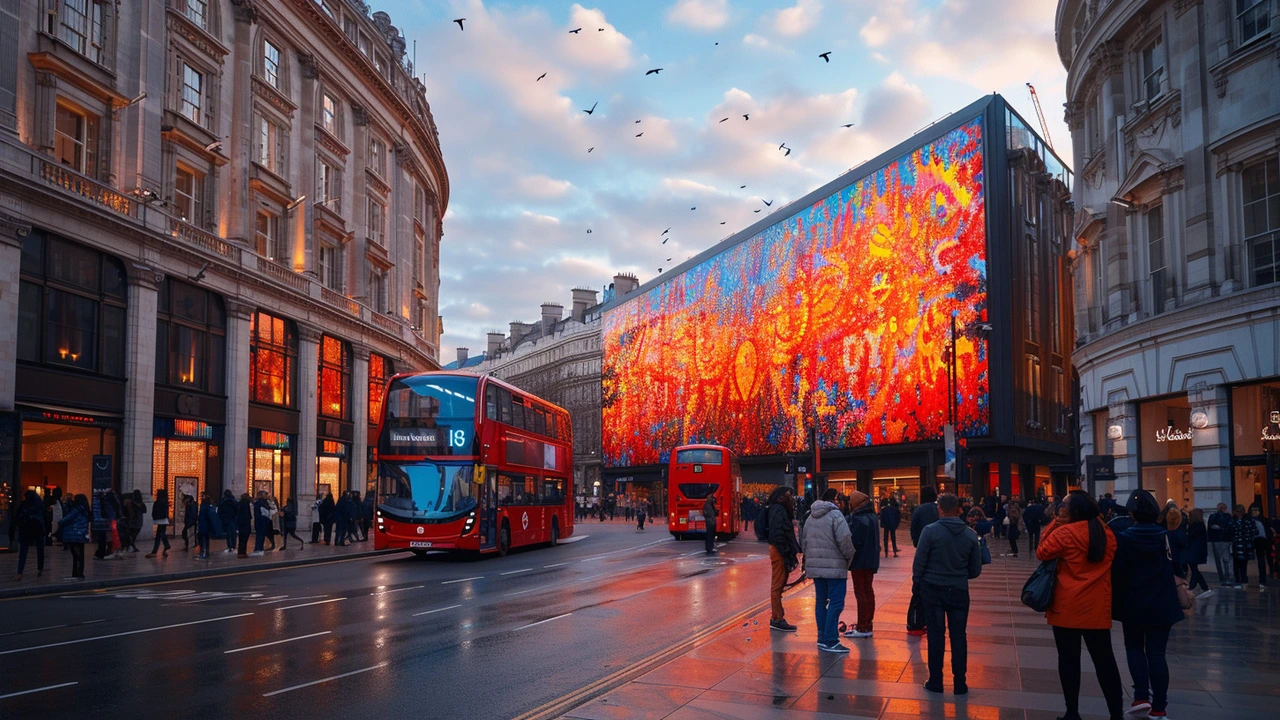Mental wellness with art: quick fixes and lasting habits
Forty-five minutes of simple creative activity can lower stress and clear your head. That makes art not just pretty—it's practical. If you want faster relief than scrolling your phone, pick up a pencil and try a short exercise right now.
Start with one rule: no judgment. Set a timer for ten minutes, choose one small subject—a cup, a leaf, a door handle—and sketch it without worrying about how it looks. The point is attention, not perfection. Focusing on shape and light pulls your mind away from looping thoughts and trains attention like a short meditation.
Create a tiny art kit so you can act on impulse. A small notebook, a waterproof pen, a cheap watercolor set, and a glue stick fit in a drawer or bag. When anxiety hits, do a five-minute color wash or paste a photo into a page. That quick ritual resets mood faster than doomscrolling.
Simple daily practices
Try one habit you actually will keep. Morning doodles for five minutes wake your brain. A midday color session for ten minutes breaks stress. An evening gratitude collage helps you sleep. Write these times on your calendar so they become real appointments.
Use tiny prompts that stop overthinking: make a page with only three shapes; paint with your non-dominant hand; take ten photos of doors and pick the best one. Constraints make decisions easier and get you started.
Combine art with breathwork. Start a session with three slow breaths, then draw the rhythm of your breathing as lines across the page. That links body and mind and makes your art feel like real self-care, not another task.
Match art styles to how you feel
If you’re furious or sad, try energetic marks and bold colors—think Abstract Expressionism—to release emotion safely. When you’re scattered or distracted, photorealism-style exercises (copying a photo or focusing on tiny details) rebuild focus and calm. Feeling numb or stuck? Collage or mixed media can unlock play and surprise by combining images and textures.
Go outside when you need to ground yourself. A five-minute land art piece with leaves, stones, or sticks forces you to notice the world and moves attention from rumination to touch and texture. For immersive shifts, make a small room installation: dim light, a sound loop, and a few objects arranged with intention.
Keep track of progress with a "mood sketch" habit: each day draw one small mark that represents how you felt. Over a month you’ll see patterns and tiny wins. Sharing work in a class or online group builds connection and keeps you accountable. If your feelings are severe or art brings up strong memories, pair creative routines with a licensed therapist or an art therapist for safety.
Materials don't need to be expensive. A ballpoint pen, a cheap set of colored pencils, and scrap paper let you experiment without pressure. Phone apps for sketching or simple collage tools work if you travel. The goal is ease—if it’s easy to start, you’ll start more often.
If you’re short on time, micro-sessions help: 90 seconds of mark-making while waiting for coffee is valid. Over weeks, those micro-sessions become habits and give you a reliable way to shift mood in real life.
If you want ideas, try short pieces on expressive art like Abstract Expressionism for emotion, photorealism for focus, or land art for grounding. Try one technique each week and see what sticks. Small experiments reveal what actually helps you.
Pick one simple practice and stick with it for two weeks. Make it small, measurable, and nonnegotiable. Those minutes add up into clearer thinking, steadier moods, and a creative habit you can turn to whenever life gets heavy.

